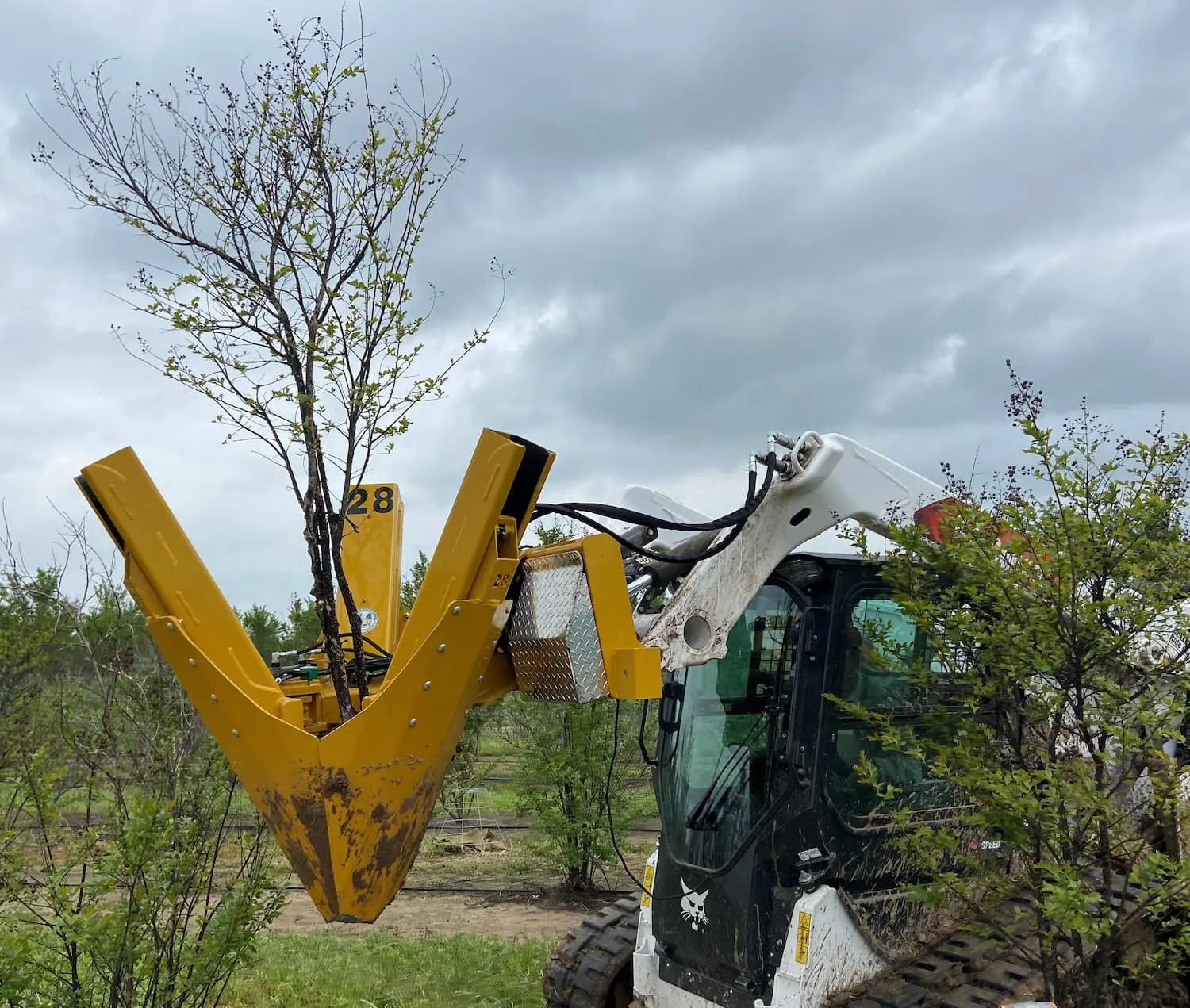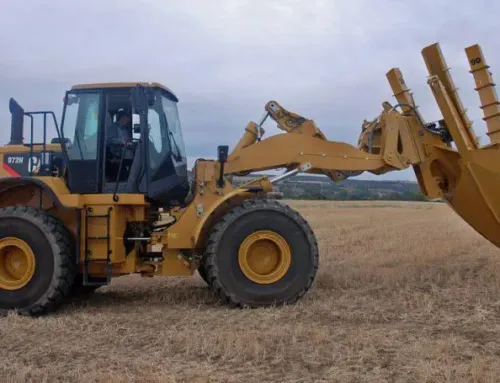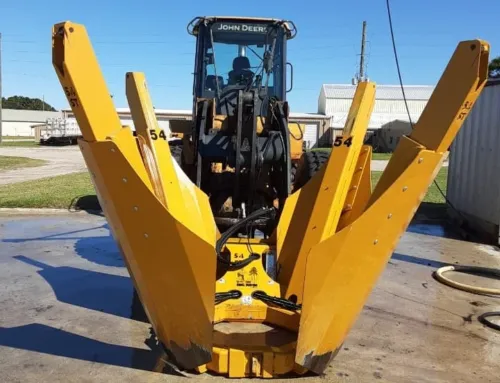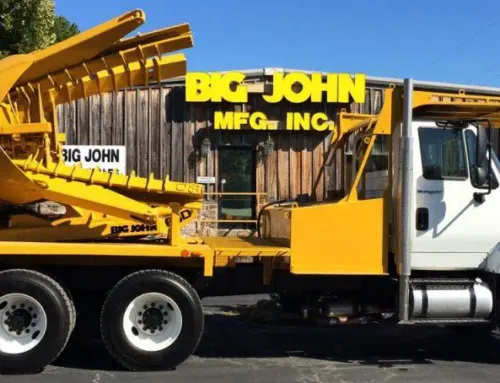Trees play a vital role in the environment and in the health and aesthetics of your landscape. A well-cared-for tree can live for decades, providing shade, improving air quality, and supporting biodiversity. However, common tree care errors can drastically shorten its lifespan, leading to avoidable damage and costs.
It’s time to prevent that! Stay with us as we guide you through how to avoid tree care mistakes and keep your trees in the best shape.
Mistake 1: Overwatering or Underwatering Trees
Getting the watering balance right is crucial. Too little water, and your tree might start wilting or browning at the edges. Too much water, and you risk root rot and yellowing leaves. The secret? Always check the soil’s moisture levels. For most tree species, keeping the soil slightly damp but not soggy is the key to fostering healthy growth.
Mistake 2: Improper Pruning Techniques
Pruning can either support a tree’s growth or cause irreversible damage. Cutting too much, pruning at the wrong time of year, or using dull tools can leave your tree vulnerable to diseases.
When it’s time to prune, we recommend using sharp tools and making clean cuts outside the branch collar. These simple tree care tips can make all the difference in keeping your trees healthy and strong.
Mistake 3: Ignoring Pest and Disease Signs
Pests and diseases can escalate quickly if left unchecked. Here’s what you should look out for:
- Discolored leaves
- Abnormal growths
- Sudden leaf drops
- Excessive leaf damage
If you spot these, act early by consulting professionals or using reliable pest control methods. Healthy trees are less likely to fall prey to pests, so regular maintenance prevents infestations and ensures your trees thrive.
Mistake 4: Planting Trees Too Deep or Too Shallow
Planting depth matters more than you’d think. Too deep, and roots struggle to access oxygen. Too shallow, and the roots may dry out or fail to secure the tree. Both scenarios can lead to slow growth or even death.
To avoid this, ensure the root flare—the part of the tree where roots spread out—is at or slightly above ground level. Proper planting sets the foundation for a resilient and robust tree.
Mistake 5: Neglecting Seasonal Maintenance
Trees have seasonal needs, and neglecting them can lead to long-term issues. Here’s how you can keep up:
- Spring might require mulching to retain moisture and prevent weeds.
- Summer may need extra watering during dry spells.
- Fall is the time to prepare trees for winter by pruning damaged branches and protecting them from cold weather.
- Winter tree care can include wrapping tree trunks to guard against frost or protecting young saplings from snow buildup.
Staying proactive with seasonal care ensures your trees stay in peak condition all year round. Regular maintenance strengthens their structure and defenses, making them less vulnerable to damage.
Improve Your Tree Care with Big John Manufacturing’s Expert Equipment
Tree farming and forestry professionals have one thing in common—they want their trees to flourish. And Big John Manufacturing is here to make that goal come true!
With decades of experience crafting high-quality equipment, we’re here to support your commitment to healthier trees. Since 1975, we’ve been trusted by professionals to provide reliable solutions tailored to their needs. Explore our tools today and elevate your operations with the experts!




